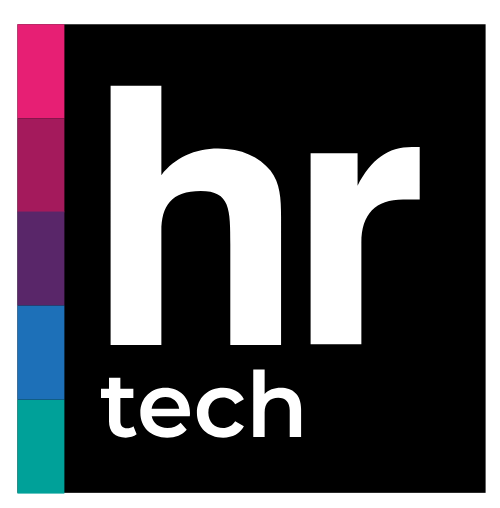News
The cloud that manages itself: how AI is changing everything at the edge
)
From automation to self-sufficiency
For years, cloud computing has been synonymous with scalability and flexibility, but its management still relies heavily on human intervention. Workload configuration, resource optimization, security, maintenance... all require constant supervision.
That is changing. Artificial intelligence applied to edge computing is enabling cloud infrastructures to become increasingly autonomous, capable of making real-time decisions without manual intervention. It's not just about automating repetitive tasks, but creating a cloud ecosystem that optimizes, corrects and scales itself.
AI at the edge: instant and latency-free decisions
The traditional cloud model is based on large data centers that process information and return a response. This works well but introduces a problem: latency. For many applications, waiting even a few seconds to receive instructions from a remote server is not an option.
With the rise of Edge AI, processing moves to the edge of the network, as close to the device or end user as possible. This means that data is analyzed and processed the moment it is generated, enabling instant responses.
The impact is already being seen in multiple sectors:
-
Retail: Smart stores adjust prices and stock in real time according to demand.
-
Industry 4.0: Sensors in factories detect faults and recalibrate machines without stopping production.
-
Automotive: Autonomous vehicles process images and make decisions without waiting for instructions from the cloud.
The combination of AI and edge not only accelerates decision making, but also reduces bandwidth consumption by avoiding unnecessary data traffic to central servers.
Less human intervention, more efficiency
But the big revolution is not just in speed, but in the cloud's ability to manage itself. Cloud platforms are starting to integrate AI models that learn from their own behavior, anticipate failures and redistribute resources without supervision.
We are already seeing systems capable of:
-
Detect usage patterns and adjust the infrastructure automatically.
-
Prevent failures before they occur by adjusting settings in real time.
-
Self-protection against threats, blocking suspicious access without human intervention.
This does not mean that IT teams will disappear, but rather that their role will evolve. Instead of being tied to operational tasks, they will be able to focus on optimization strategies and business innovation.
The self-sufficient cloud: how far can it go?
The challenge is not only in developing technology that makes this possible, but in defining the extent to which we are willing to cede control to artificial intelligence.
Security remains a key challenge. The more autonomous a system is, the greater the trust in its decisions. This is why the trend is towards hybrid models: AI that automates cloud management, but with human oversight of critical decisions.
What is clear is that the relationship between the cloud and human intervention is changing. Companies that understand this new paradigm will be able to reduce operating costs, improve efficiency and anticipate problems before they occur.
We are entering a new era where the cloud not only stores and processes data, but also optimizes and protects itself. The future is not a bigger cloud, but a smarter cloud.

 Cloud & AI Infrastructure
Cloud & AI Infrastructure Cyber Security World
Cyber Security World Big Data & AI World
Big Data & AI World  Data Centre World
Data Centre World  Technology for Marketing
Technology for Marketing E-Show
E-Show HR Technologies
HR Technologies Learning Technologies
Learning Technologies)
)
)
)
)
)
)
)
)
)
)
)
)
)
)
)
)
)
)
)
)
)
)
)
)
)
)
)
)
)
)
)
)
)
)
)
)
)
)
)
)
)
)
)
)
)
)
)
)
)
)
)
)
)
)
)
)
)
)
)
)
)
)
)
)
)
)
)
)
)
)
)
)
)
)
)
)
)
)
)
)
)
)
)
)
)
)
)
)
)
)
)
)
)
)
)
)
)
)
)
)
)
)
)
)
)
)
)
)
)
)
)
)
)
)
)
)
)
)
)
)
)
)
)
)
)
)
)
)
)
)
)
)
)
)
)
)
)
)
)
)
)
)
)
)
)
)